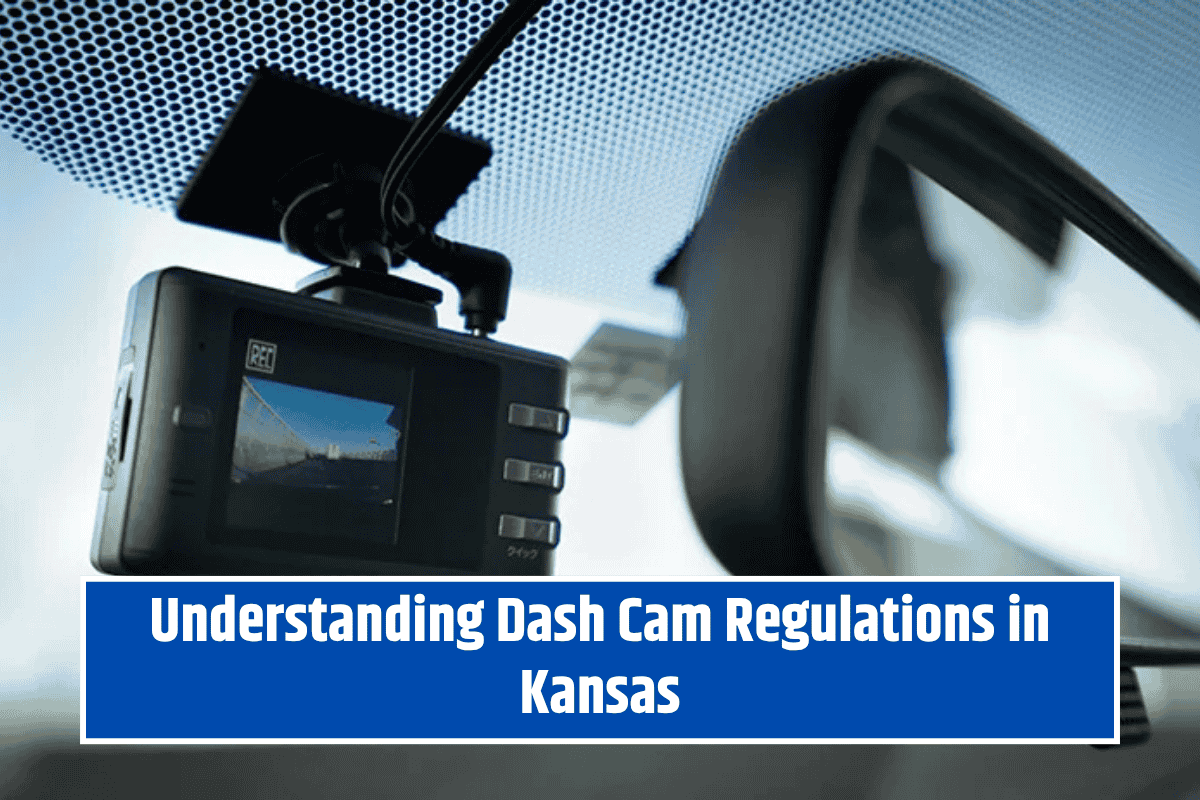Dash cams have become essential for many drivers in the U.S., offering a sense of security, protection during accidents, and valuable evidence for legal disputes. But, while dash cams are legal in all 50 states, their use is regulated differently depending on where you’re driving. It’s important to know the laws surrounding dash cams, especially regarding mounting locations, audio recording, and privacy concerns. Here’s what you need to know to stay legal and safe while using a dash cam on the road.
Are Dash Cams Legal in the U.S.?
Yes, dash cams are legal in all 50 U.S. states. However, the regulations on how you can use them vary from state to state. These laws typically cover areas such as:
- Mounting location and visibility
- Audio recording permissions
- Privacy considerations
- Avoiding obstruction of the driver’s view
Understanding these key legal aspects will help you ensure that you’re using your dash cam in compliance with local laws.
Mounting Requirements for Dash Cams
Most states allow dash cams to be mounted on either the dashboard or the windshield, but with specific conditions. The key rule is that the dash cam must not block the driver’s view. In some states, there are specific areas on the windshield where a dash cam should be mounted to avoid obstructing the driver’s line of sight.
For example, in Kansas, dash cams can be mounted on the dashboard or windshield, as long as the placement doesn’t interfere with the driver’s ability to see clearly. So, make sure to mount your dash cam in a position that won’t distract or obstruct your view of the road.
Audio Recording Laws: Single vs. Two-Party Consent
One of the trickier aspects of using a dash cam is the audio recording. In the U.S., states have different laws regarding whether or not you can record conversations inside the car. There are two main categories:
- Single-Party Consent States: In these states, only one person involved in the conversation needs to consent to being recorded. If you’re in the car, you can legally record audio without informing the other people in the car.
- Two-Party (All-Party) Consent States: In these states, all individuals being recorded must give their consent. If you’re in a two-party consent state and you record conversations without letting your passengers know, you could be breaking the law.
Kansas, for example, is a single-party consent state, which means you can legally record audio inside the car without informing your passengers, as long as you’re part of the conversation. This makes it easier to use dash cams for personal recording in states like Kansas.
General Guidelines for Dash Cam Usage Across the U.S.
While dash cams are legal, it’s essential to follow best practices to avoid any legal trouble:
- Mount your dash cam properly: Ensure that it does not obstruct your view of the road. The best place is usually low on the windshield or directly on the dashboard.
- Inform your passengers if recording audio: If you’re in a two-party consent state, let your passengers know that you’re recording. This helps you avoid legal issues related to privacy.
- Avoid recording in private areas: Don’t use your dash cam to record in places where people expect privacy, such as bathrooms or private property, without permission.
- Respect privacy laws: If you share your footage online, be sure to blur faces or license plates to avoid violating privacy laws.
- Stay updated on state laws: Laws can change, so it’s important to keep yourself informed about any updates to dash cam regulations in your state.
Why Dash Cams Are a Smart Choice
Dash cams offer several benefits that make them a wise choice for many drivers:
- Proof of Fault in Accidents: Dash cams can provide clear evidence of who was at fault in an accident, which can be crucial in insurance claims and legal disputes.
- Protection Against Insurance Fraud: Dash cams help protect you from staged accidents or fraudulent claims, as the footage can show what actually happened.
- Recording Unexpected Events: Dash cams can capture surprising or unusual moments, such as accidents, road rage incidents, or scenic drives.
- Monitoring Teen or Employee Drivers: Parents or employers can use dash cams to monitor the driving habits of teenagers or employees, ensuring safety on the road.
- Capturing Road Trips: Dash cams can also be used to record memorable road trips and scenic drives, creating a fun travel log.
By providing real-time footage, dash cams help speed up claims processes and protect drivers in disputes with law enforcement or other road users.
While dash cams are completely legal to use across the U.S., it’s important to follow your state’s specific rules about mounting locations, audio recording, and privacy. States like Kansas are relatively friendly when it comes to dash cam use, with flexible mounting rules and single-party audio consent laws. However, always ensure that your dash cam placement doesn’t obstruct your view, and make sure to inform passengers if you’re recording audio, especially in two-party consent states. With the right precautions, dash cams can provide peace of mind, protect you in legal situations, and even help prevent accidents.












